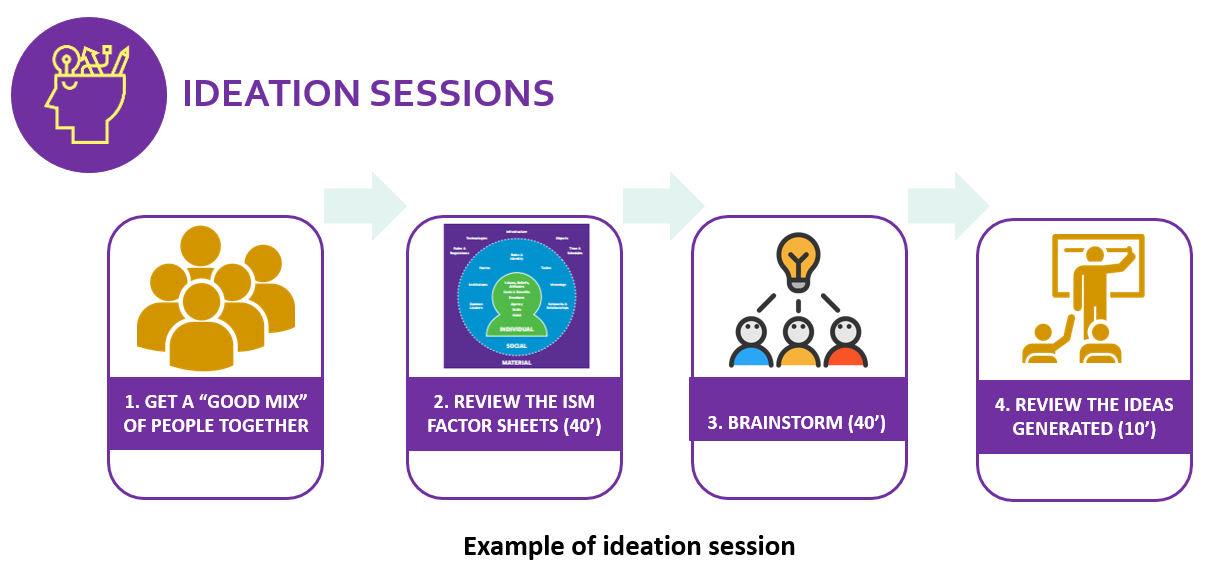About policy lab
The policy lab is designed for policymakers and researchers whose work is to engage citizens, NGOs,
institutions and companies in policy. Inspired by the Design Thinking methodology, this bottom-up
approach helps to co-design policy recommendations with stakeholders in order to change their behaviours
and have an impact in everyday life. Built as 10 steps that be taken globally or separately,
this guideline is meant to be applicable to any country, any sector, with different focal points
to accommodate for local circumstances.
Check out the ENTRUST Policy Toolkit and learn how become an Energy Citizen by adopting
sustainable behaviours thought by citizens!


